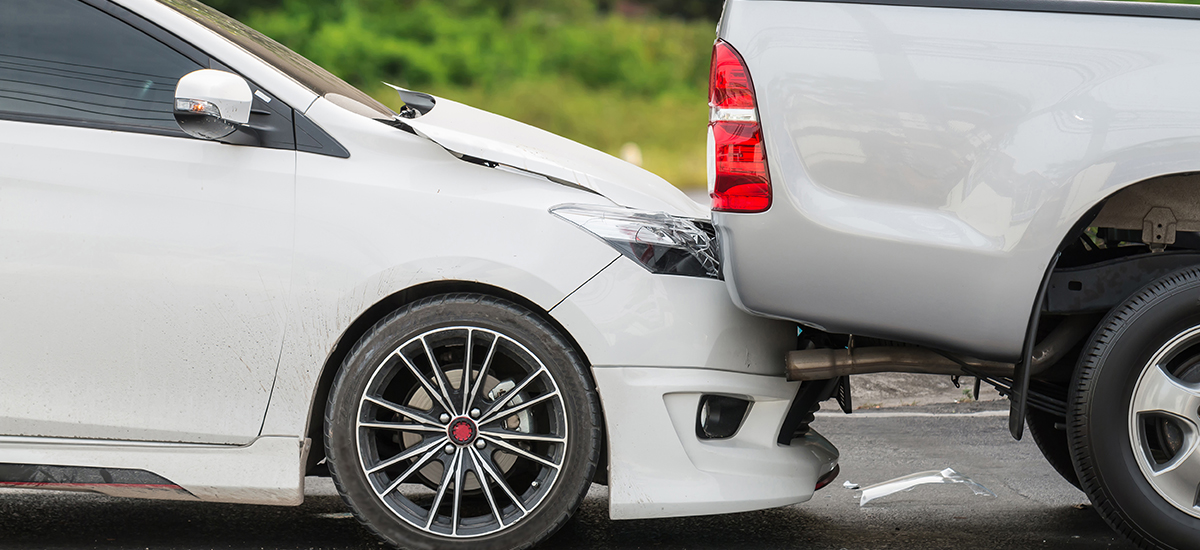
 Your Credit Estimate
Your Credit Estimate
 Your Credit
Your Credit
Your zip code helps us provide you with the most accurate vehicle pricing and vehicle availability.
We estimate your credit score to give you an idea of your monthly payments. To get an accurate payment amount, complete our credit application by clicking the Start Credit Application button below.
start credit application
In an effort to reduce auto accidents, the U.S. National Highway Traffic Safety Administration (NHTSA) has made a deal with American manufacturers to expedite auto-braking standards. The deal was announced last month and it will bring auto-braking technology as a standard feature to the nation’s fleet of new vehicles at least two years sooner than a government mandate.
According to the deal, nearly all new light-duty vehicles will be equipped with automatic-braking and forward collision warning by 2022. The NHTSA, Insurance Institute for Highway Safety (IIHS) and major automakers have been working out the new deal’s details since last September, when 10 auto companies agreed to make automatic-braking a standard feature future cars.
According to an IIHS study, auto-braking technologies can decrease rear-end crashes by as much as 40 percent. Currently, less than 10 percent of new cars offer automatic emergency braking as a standard feature.
Automakers agreed to make the safety feature standard on nearly all new cars weighing 8,500 pounds or less by September 2022. Some light-duty vehicles, such as those with manual transmissions, will get extra time to meet the requirement due to technical reasons. Vehicles between 8,500 and 10,000 pounds will have until September 2025 to implement the feature.
In order for the guideline to be met the automatic braking systems must receive at least an “advanced” rating under IIHS’ current testing criteria. For that, they must reduce a vehicle’s speed by at least 10 mph in either a 12 mph or 25 mph test, or by 5 mph in both tests. The systems must also include a forward collision warning system that meets NHTSA standards.
The NHTSA identified the original group of manufacturers as Audi, BMW, Ford, General Motors, Mazda, Mercedes-Benz, Tesla, Toyota, Volkswagen and Volvo. Since then, Fiat Chrysler Automobiles, Honda, Hyundai, Jaguar Land Rover, Kia, Maserati, Mitsubishi, Nissan, Porsche and Subaru have agreed to the deal as well. In total, all of those manufacturers represent 99% of light-vehicle sales in the U.S.
NHTSA and IIHS will monitor the automakers progress. Consumer Reports, who called on automakers to make auto-braking a standard feature, has also agreed to follow the automakers progress. Additionally, automakers have agreed to provide annual progress reports that will be made public.
Jake Fisher, director of auto testing for the Consumer Reports, stated: "This proven technology is among the most promising safety advances we’ve seen since electronic stability control almost two decades ago. We look forward to working with NHTSA and IIHS to help put this plan into action and hold automakers accountable for their commitments."
It appears that this pact has set off a firestorm of debate among leaders in the automotive industry. Since this deal is being handled outside of the federal rulemaking process, these private companies cannot make safety regulations and/or make legally binding agreements with the automakers.
We will certainly keep readers up to date with further developments.